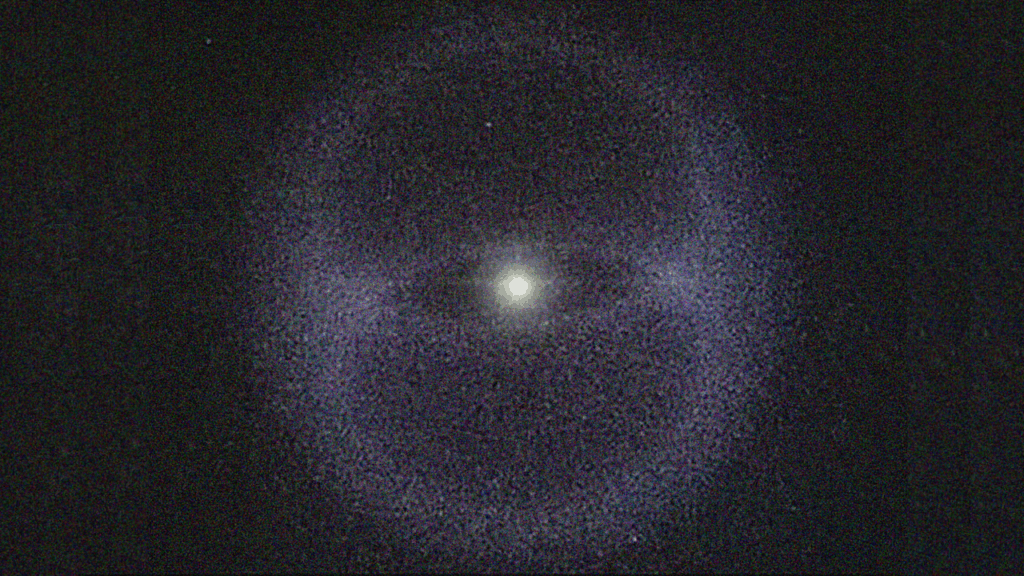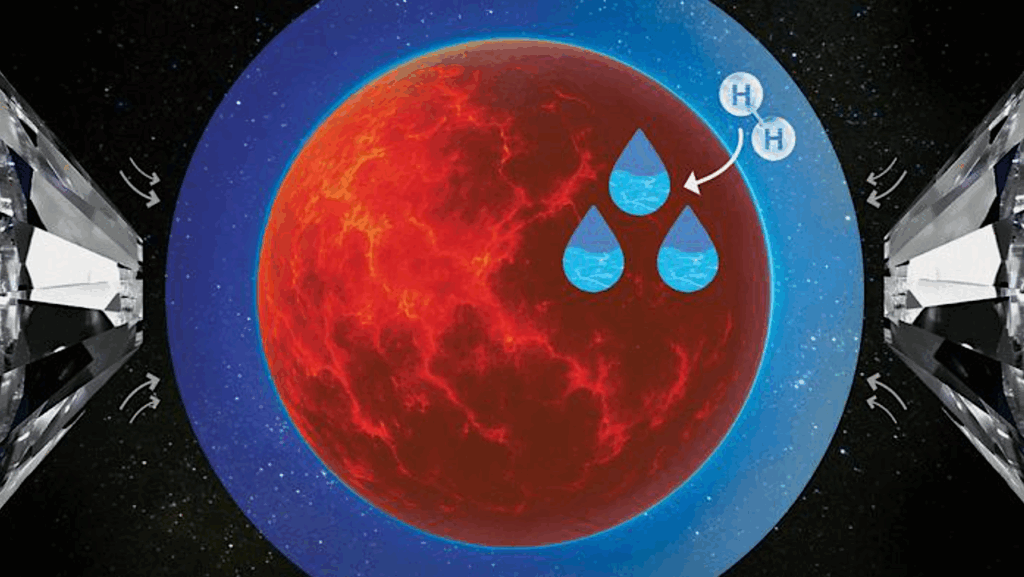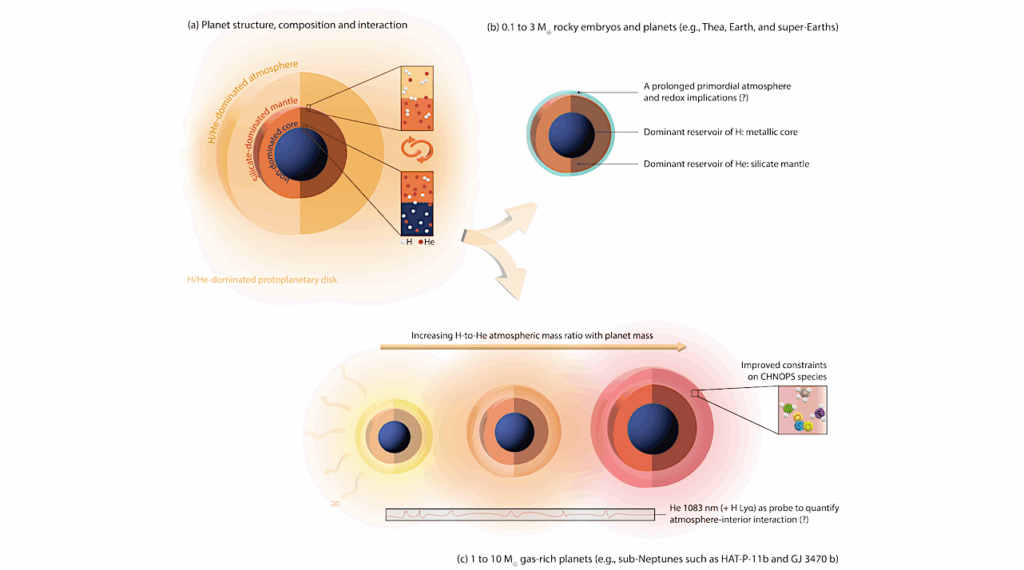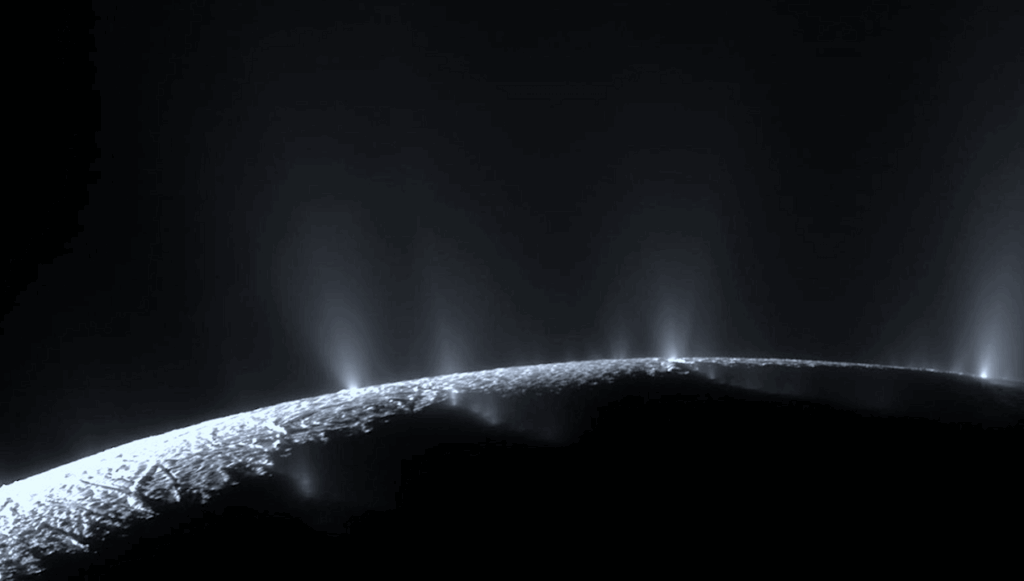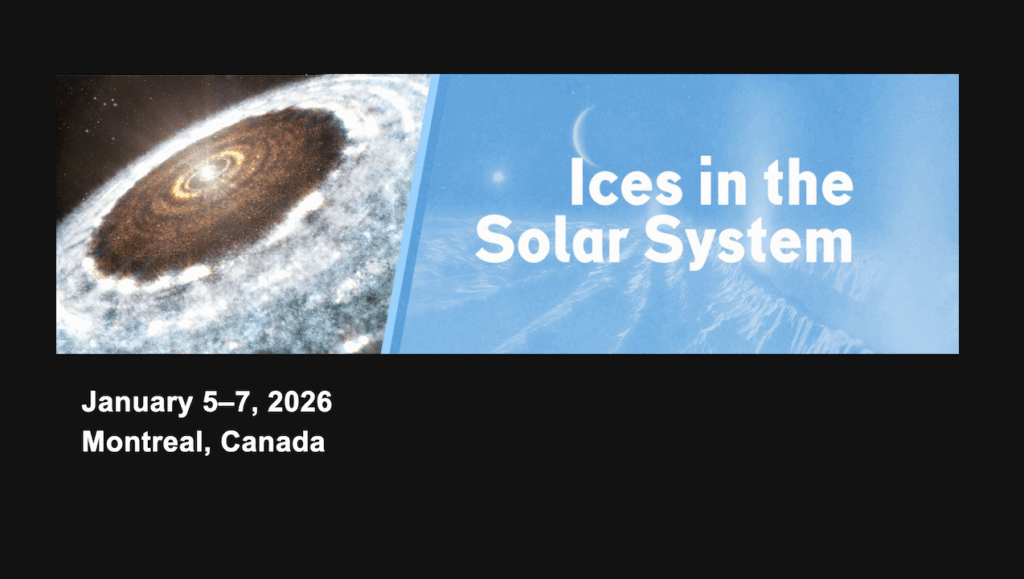Origin Of Earth's Water: Sources And Constraints

We review the state of knowledge on the origin of Earth’s water. Empirical constraints come from chemical and isotopic measurements of solar system bodies and of Earth itself. Dynamical models have revealed pathways for water delivery to Earth during its formation; most are anchored to specific models for terrestrial planet formation.
Meanwhile, disk chemical models focus on determining how the isotopic ratios of the building blocks of planets varied as a function of radial distance and time, defining markers of material transported along those pathways. Carbonaceous chondrite meteorites — representative of the outer asteroid belt — match Earth’s water isotopes (although mantle plumes have been measured at lower D/H). But how was this connection established — did Earth’s water originate among the asteroids (as in the classical model of terrestrial planet formation)? Or, more likely, was Earth’s water delivered from the same parent population as the hydrated asteroids (e.g., external pollution, as in the Grand Tack model)? We argue that the outer asteroid belt — the boundary between the inner and outer solar system — is the next frontier for new discoveries.
The outer asteroid belt contains a population of icy bodies with volatile-driven activity seen on twelve main belt comets (MBCs); seven of which exhibit sublimation-driven activity on repeated perihelion passages. Measurements of the isotopic characteristics of MBCs would provide essential missing links in the chain between disk models and dynamical models. Finally, we extrapolate to rocky exoplanets. Migration is the only mechanism likely to produce very water-rich planets with more than a few percent water by mass (and even with migration, some planets are pure rock). While water loss mechanisms remain to be studied in more detail, we expect that water should be delivered to the vast majority of rocky exoplanets.
Karen Meech, Sean N. Raymond
(Submitted on 9 Dec 2019)
Comments: Chapter to appear in Planetary Astrobiology (Editors: Victoria Meadows, Giada Arney, David Des Marais, and Britney Schmidt). 32 pages, 12 figures. Abstract shortened to fit
Subjects: Earth and Planetary Astrophysics (astro-ph.EP); Solar and Stellar Astrophysics (astro-ph.SR); Geophysics (physics.geo-ph)
Cite as: arXiv:1912.04361 [astro-ph.EP] (or arXiv:1912.04361v1 [astro-ph.EP] for this version)
Submission history
From: Sean Raymond
[v1] Mon, 9 Dec 2019 20:31:34 UTC (8,790 KB)
https://arxiv.org/abs/1912.04361
Astrobiology



